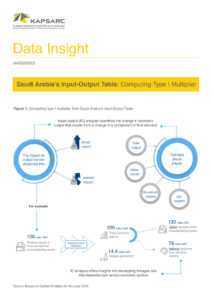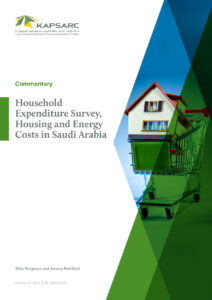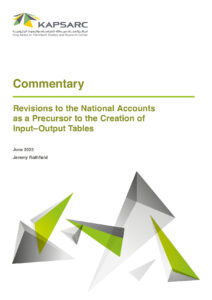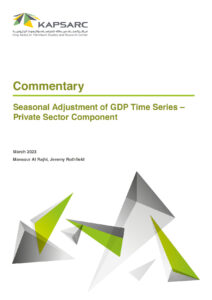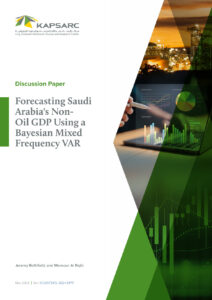
Forecasting Saudi Arabia’s Non-Oil GDP Using a Bayesian Mixed Frequency VAR
Bayesian vector autoregressions have been used by central banks to prepare short-term projections of quarterly GDP and other macroeconomic variables (Dieppe et al. 2016; Schorfheide and Song 2015). The Bayesian approach offers the advantage that a researcher can use a priori knowledge to specify a prior distribution of the parameters. In this paper, we have combined monthly data for Saudi Arabia with quarterly fiscal and GDP variables to produce forecasts over an approximate 12-month period. In order to achieve the mixed data sampling successfully, the quarterly variables are regressed onto lagged functions of the monthly variables using an approach that has been described by Ghysels et al. (2006). The coefficients for the high frequency regressors are restricted through distributed lag polynomials that are indexed by a small number of hyper-parameters (Schorfheide and Song 2015). The overall approach can be described as an MF-VAR, or a mixed frequency vector autoregressive method.
23rd May 2024
